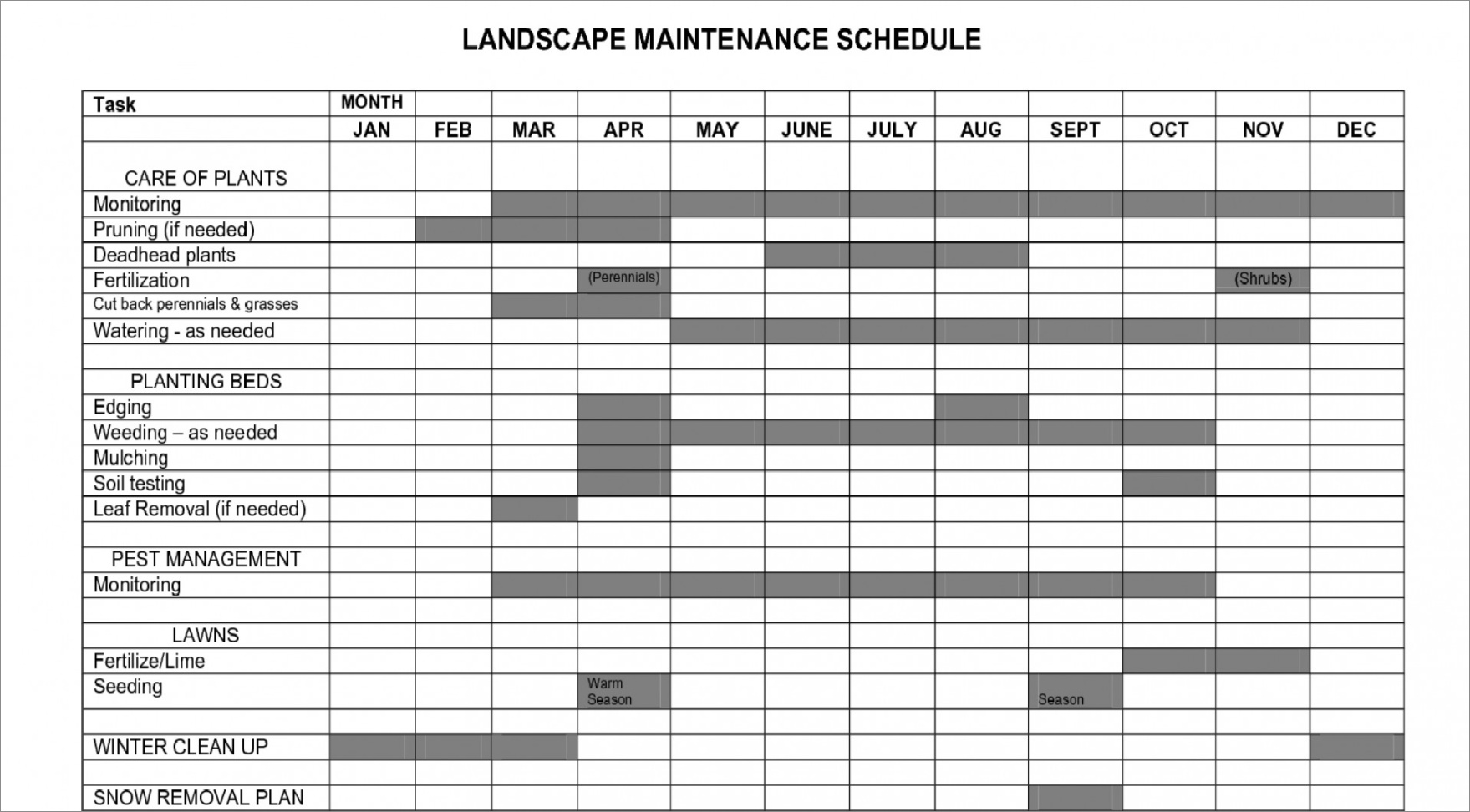Having a lush, green lawn is a dream for many homeowners. However, achieving and maintaining a picture-perfect lawn requires proper care and attention. A well-planned lawn care schedule is the key to keeping your grass healthy, vibrant, and weed-free throughout the year.
In this comprehensive guide, we will walk you through the essential steps and tasks to create a successful lawn care routine that will leave your neighbors green with envy.
Why is a Lawn Care Schedule Important?
A well-maintained lawn not only enhances the curb appeal of your home but also provides a safe and enjoyable space for outdoor activities. However, without a proper lawn care schedule, it’s easy to overlook important tasks and end up with a lackluster lawn. A schedule helps you stay organized, ensuring that all the necessary maintenance tasks are completed at the right time. By following a lawn care schedule, you can prevent common issues such as weed infestations, disease outbreaks, and nutrient deficiencies, ultimately leading to a healthier and more attractive lawn.
When Should You Start Your Lawn Care Schedule?
Timing is crucial when it comes to lawn care. The start of your lawn care schedule largely depends on the climate and grass type in your region. In general, the best time to kickstart your lawn care routine is during the spring. As the temperatures rise and the soil begins to thaw, your grass starts to wake up from its winter dormancy. This is the perfect time to tackle tasks such as dethatching, aerating, and fertilizing.
However, if you live in a region with warm-season grasses, such as Bermuda or St. Augustine, you may need to adjust your schedule accordingly. These grasses thrive in warmer temperatures and may require different care routines compared to cool-season grasses like Kentucky bluegrass or fescue.
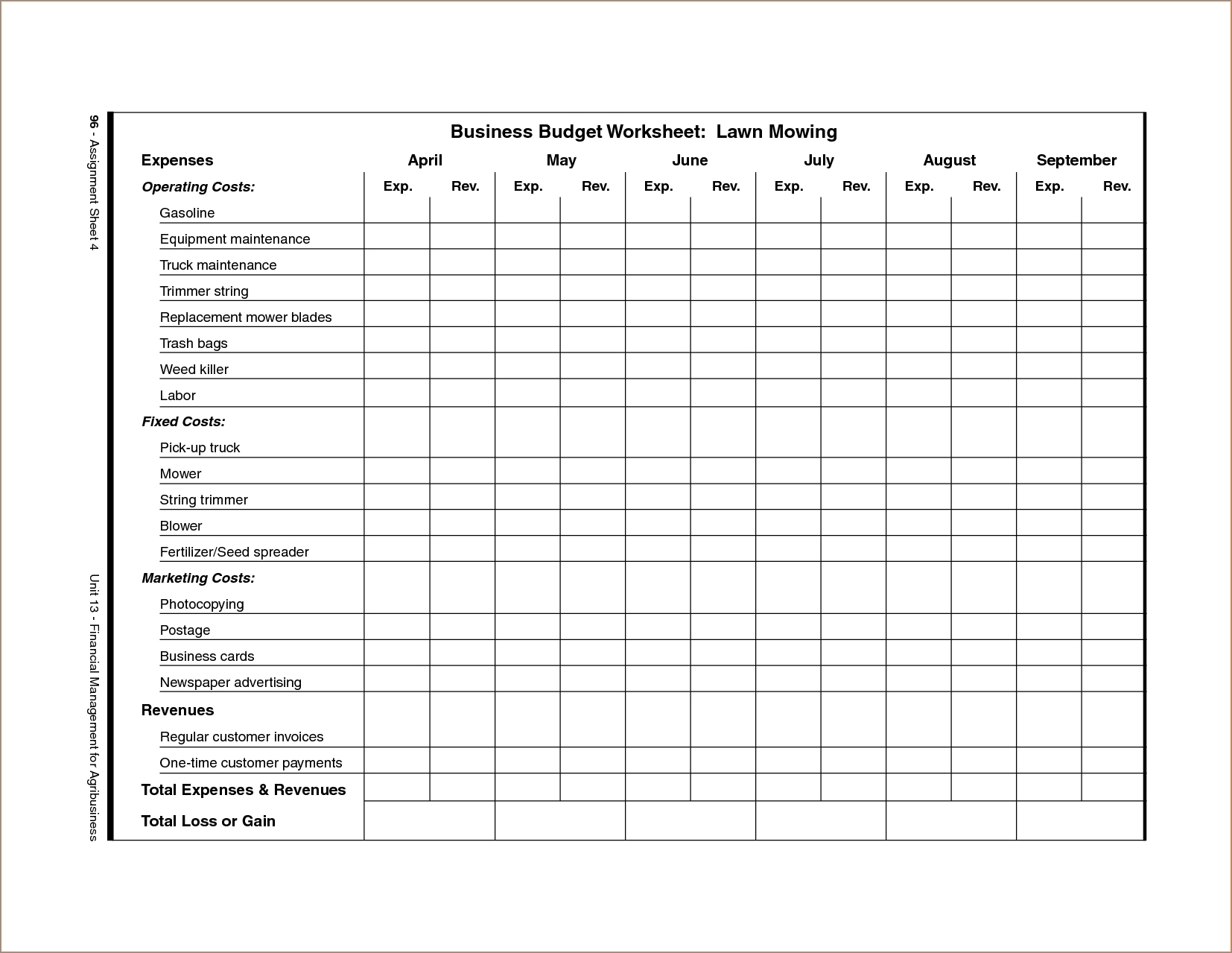
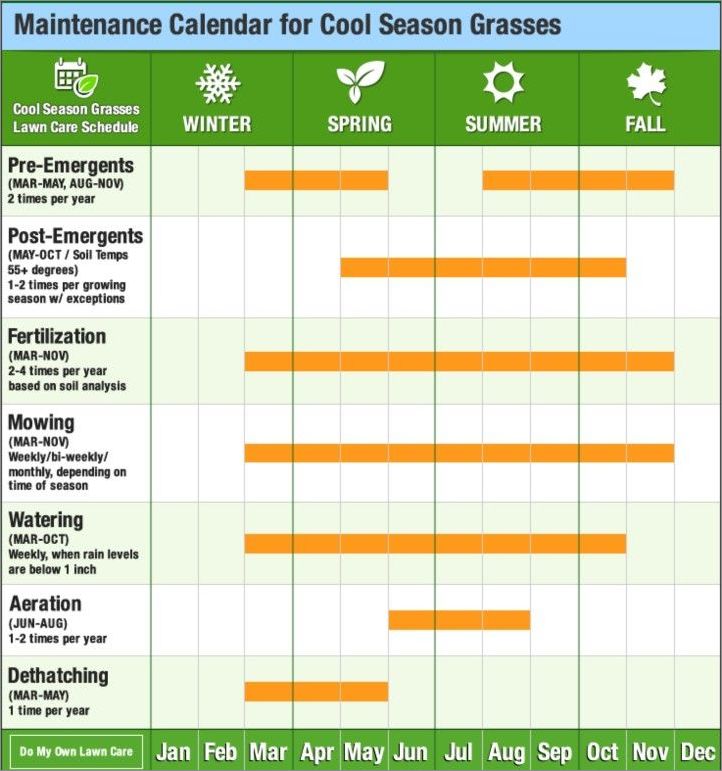
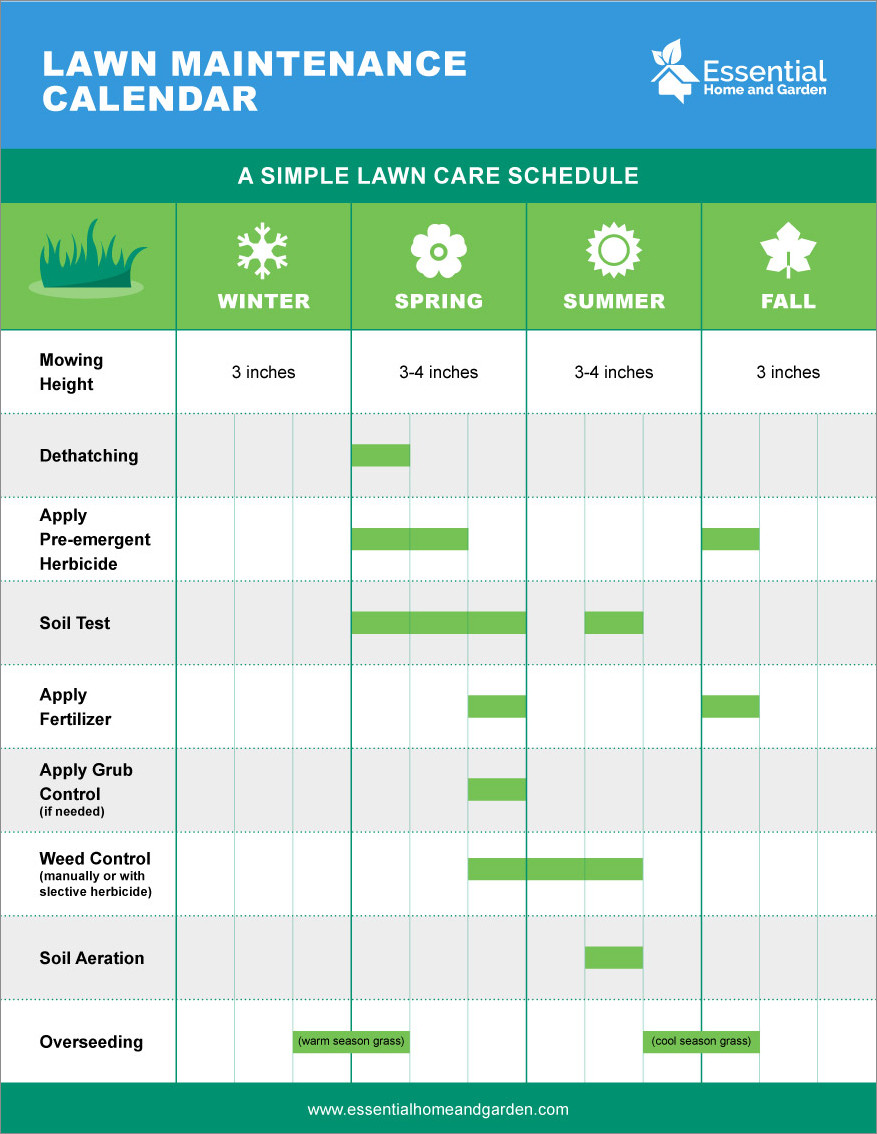
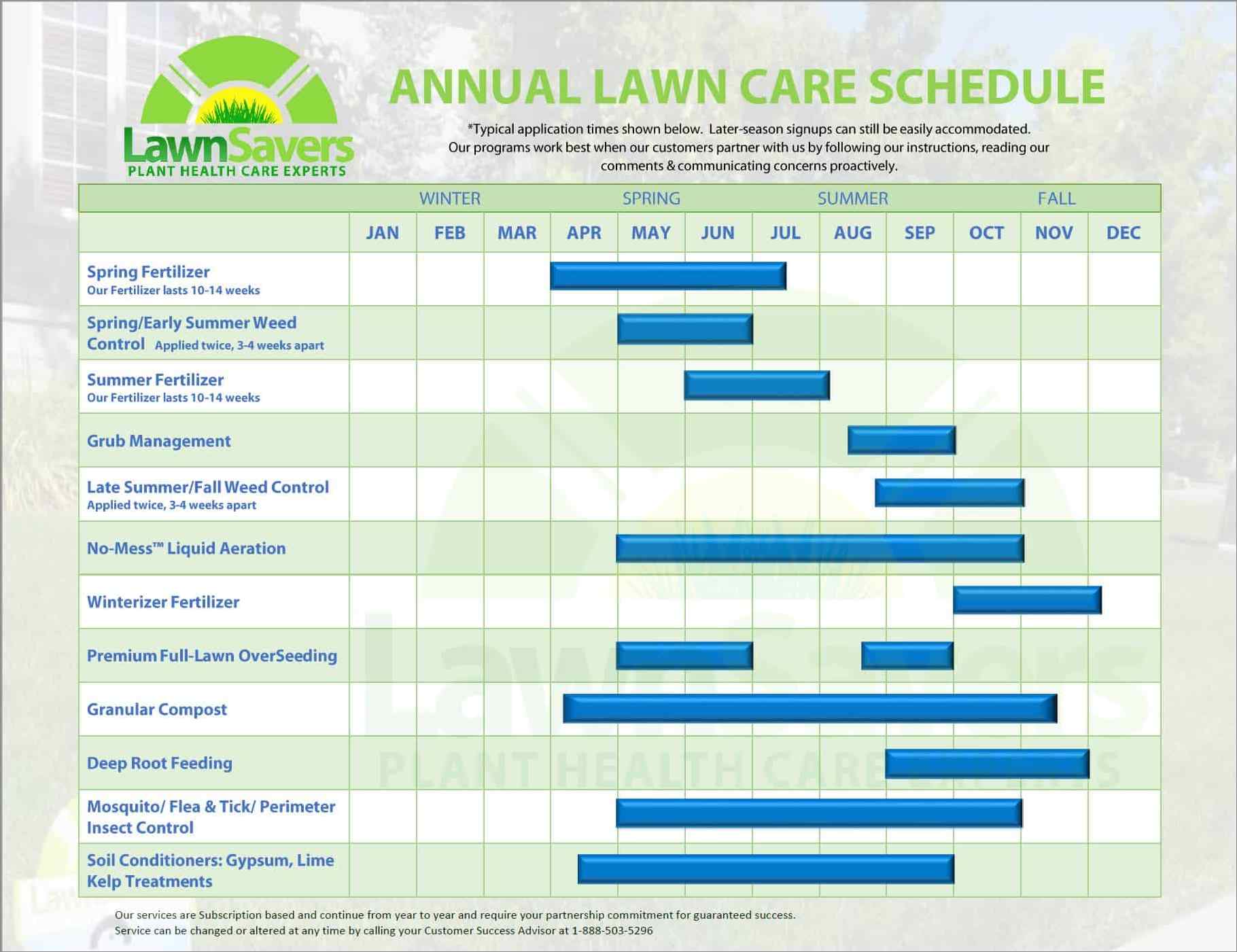
How to Create a Lawn Care Schedule
Creating a lawn care schedule involves a combination of regular maintenance tasks and seasonal treatments. Follow these steps to develop a customized schedule that suits your lawn’s specific needs:
1. Determine Your Grass Type
The first step in creating a lawn care schedule is to identify the type of grass you have. Different grass species have different growth habits, nutrient requirements, and maintenance needs. Knowing your grass type will help you tailor your schedule accordingly and provide the best care possible. If you’re unsure about your grass type, consult a local lawn care expert or take a sample to your nearest gardening center for identification.
2. Assess Your Lawn’s Condition
Before you start planning your lawn care schedule, take a close look at the current condition of your lawn. Are there any bare patches? Is the grass thinning out? Are there any weeds or pests present? Assessing your lawn’s condition will help you identify specific issues that need to be addressed, such as overseeding bare areas or treating common lawn diseases.
3. Break Down Your Schedule by Seasons
Dividing your lawn care schedule into seasons allows you to focus on the specific tasks that need to be done during each time of the year. Here’s a breakdown of the tasks you should consider for each season:
Spring:
- Dethatching or power raking to remove dead grass and debris
- Aerating to improve soil compaction and allow better nutrient absorption
- Fertilizing to promote healthy growth
- Overseeding to fill in bare patches and improve density
- Pre-emergent weed control to prevent weed seeds from germinating
Summer:
- Mowing at the correct height and frequency
- Watering deeply and infrequently to encourage deep-root growth
- Monitoring for pests and diseases and taking appropriate action
- Spot-treating weeds as needed
- Applying a slow-release nitrogen fertilizer to sustain growth
Fall:
- Raking or mulching fallen leaves to prevent suffocation of the grass
- Aerating to relieve soil compaction and improve drainage
- Fertilizing with a high-phosphorus blend to promote root development
- Overseeding to thicken the lawn and fill in bare spots
- Applying pre-emergent herbicides to prevent winter weeds
Winter:
- Clearing debris and keeping the lawn free of clutter
- Monitoring for snow mold and taking necessary measures
- Applying lime if soil pH is too low
- Planning and preparing for the upcoming spring season
Remember, these are general guidelines, and the specific tasks required for your lawn may vary based on factors such as grass type, climate, and soil conditions.
Conclusion
A well-executed lawn care schedule is the key to achieving and maintaining a beautiful lawn. By following a systematic approach and staying consistent with your maintenance tasks, you can enjoy a healthy, vibrant, and envy-worthy lawn. Remember to tailor your schedule based on your grass type, climate, and specific lawn conditions. With proper care and attention, your lawn will become the highlight of your outdoor space, providing a lush and inviting environment for years to come.
